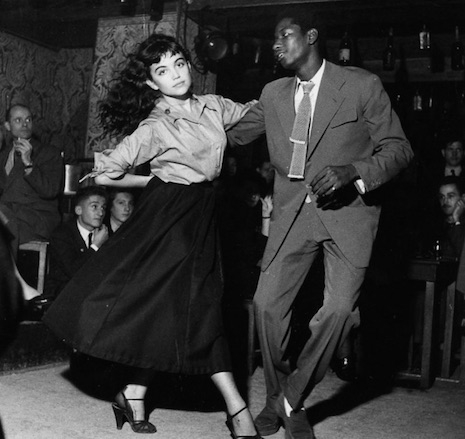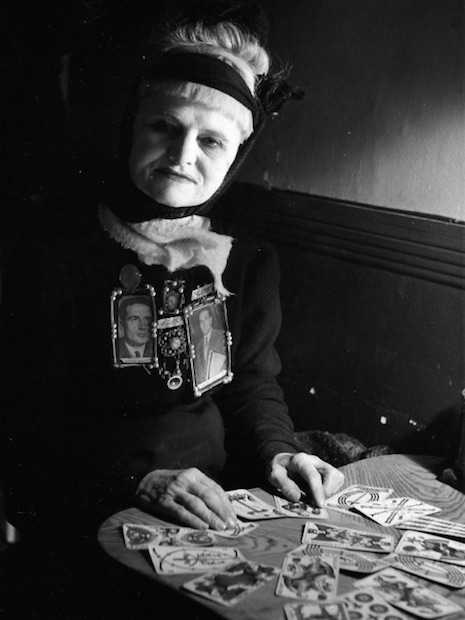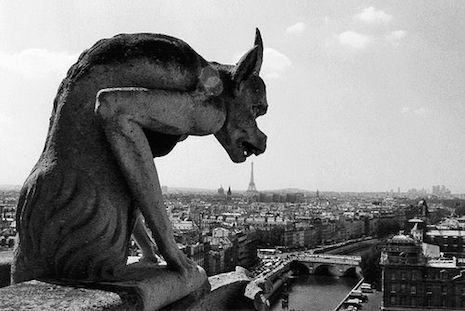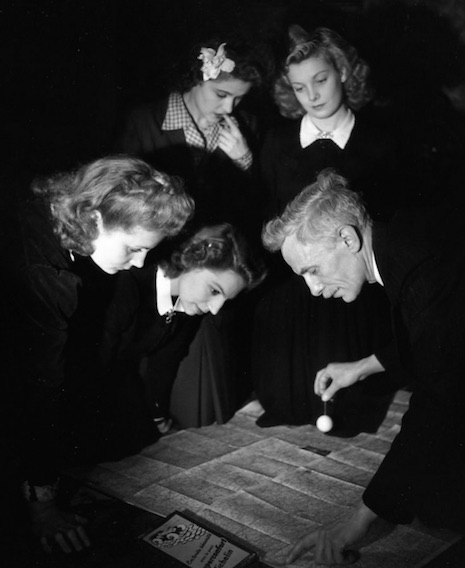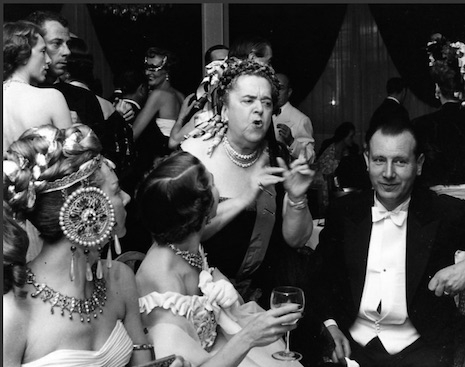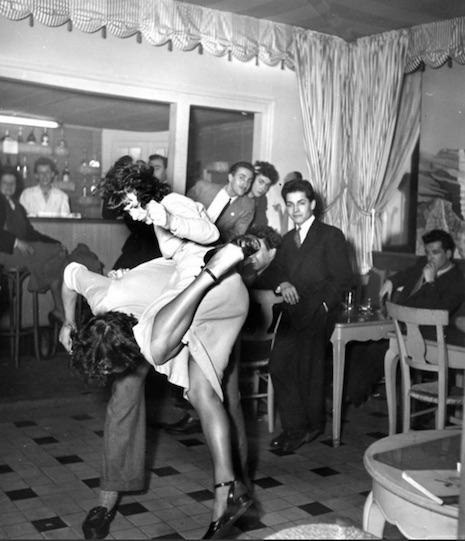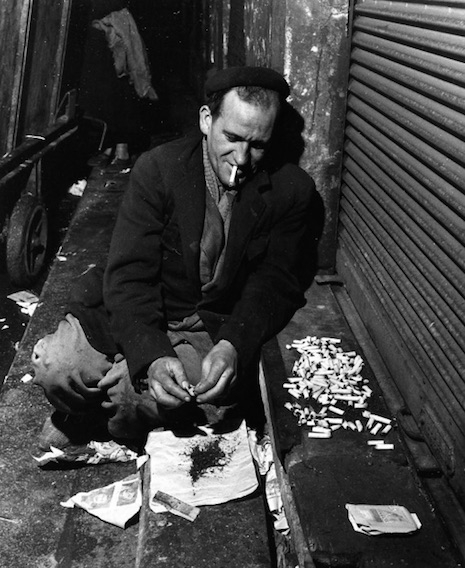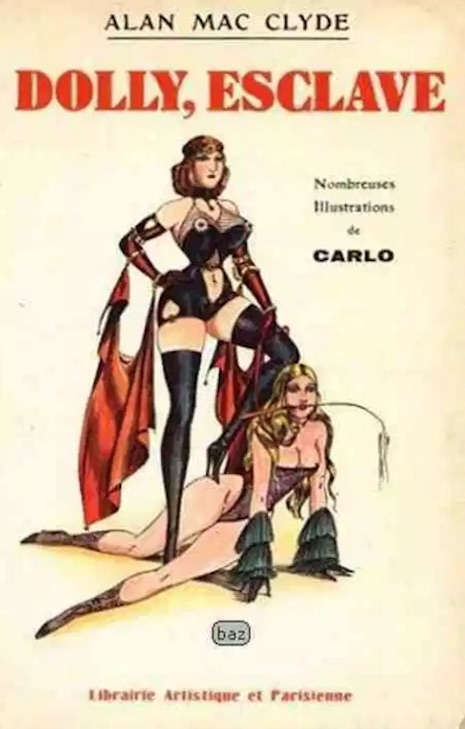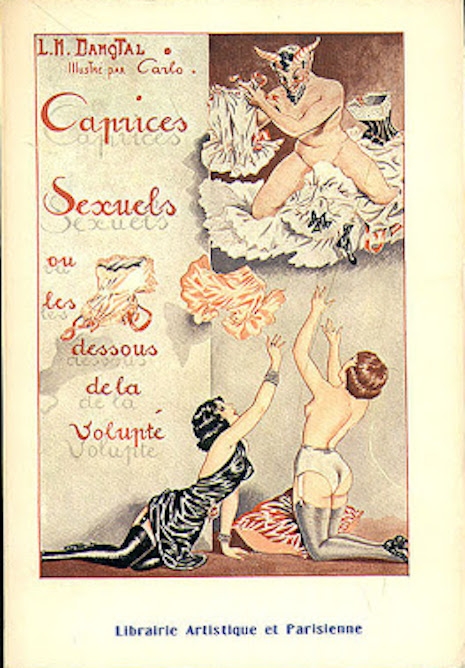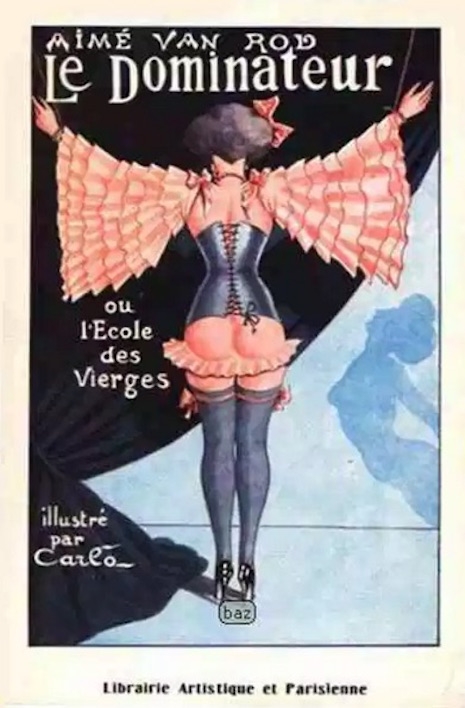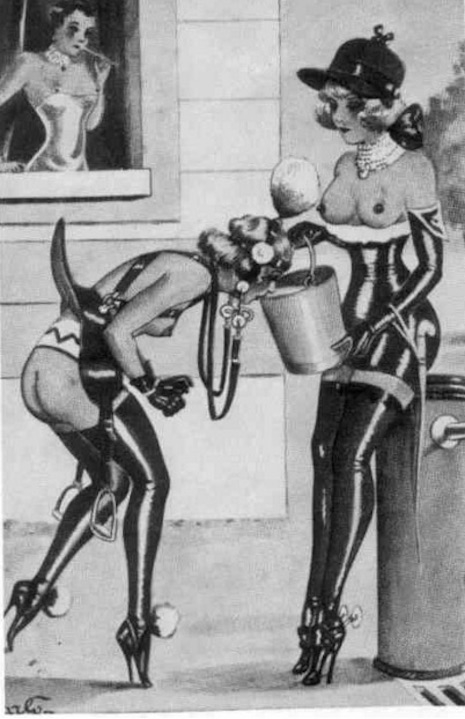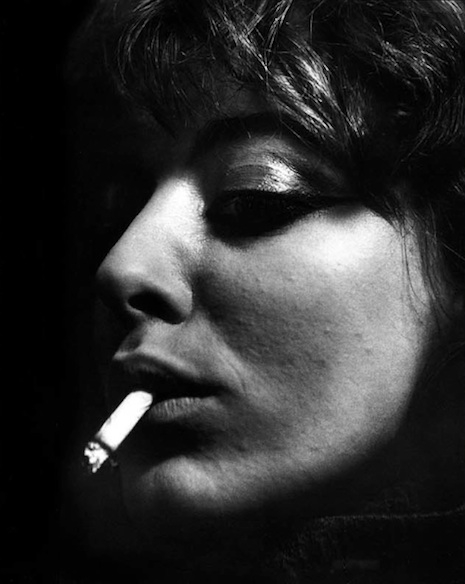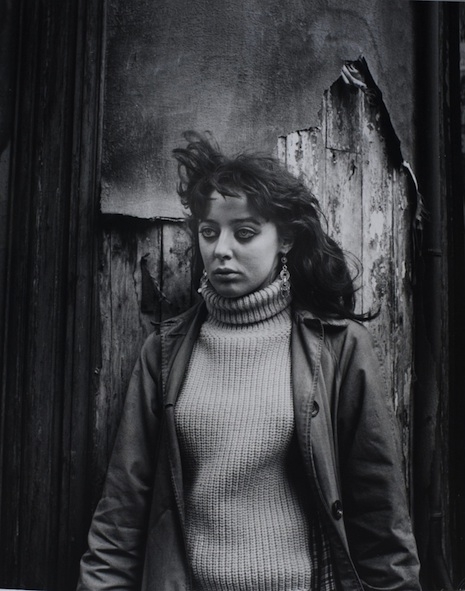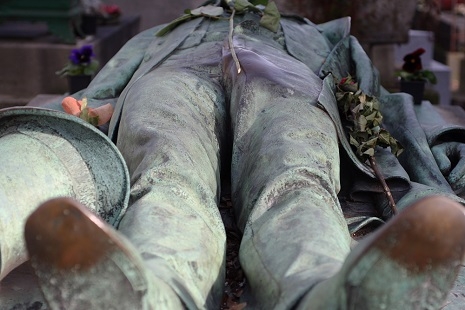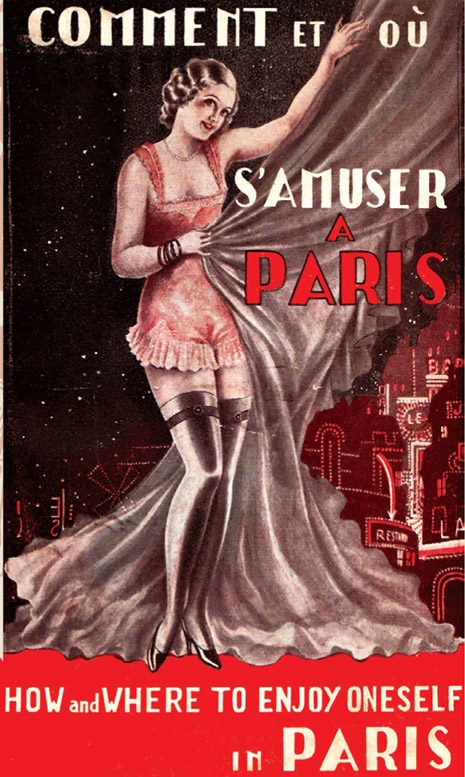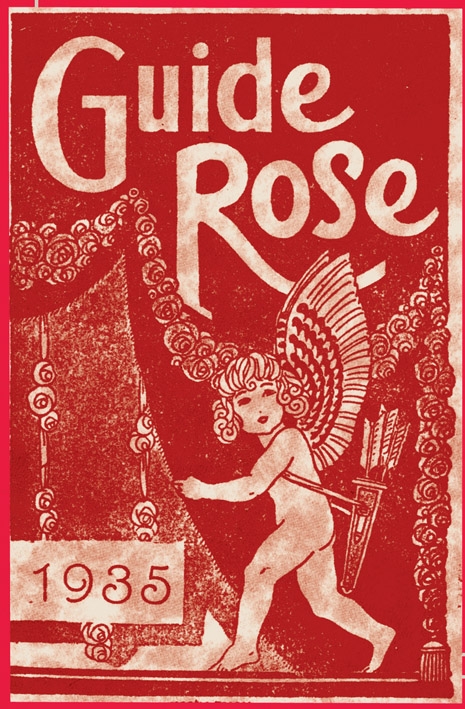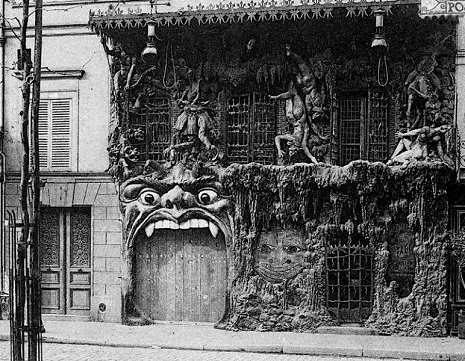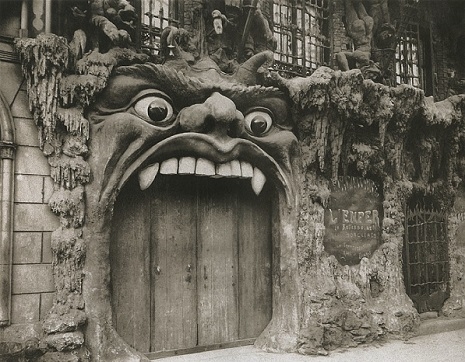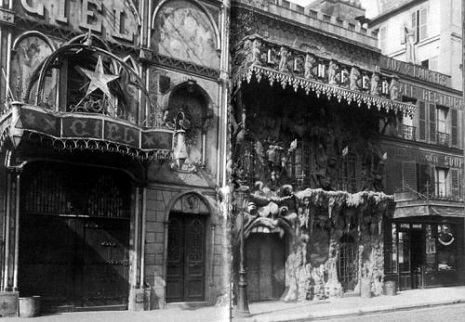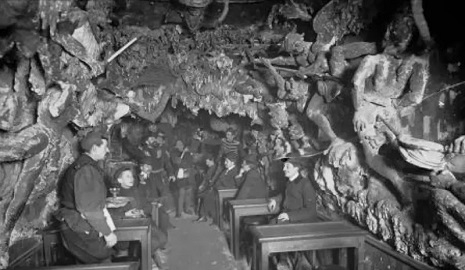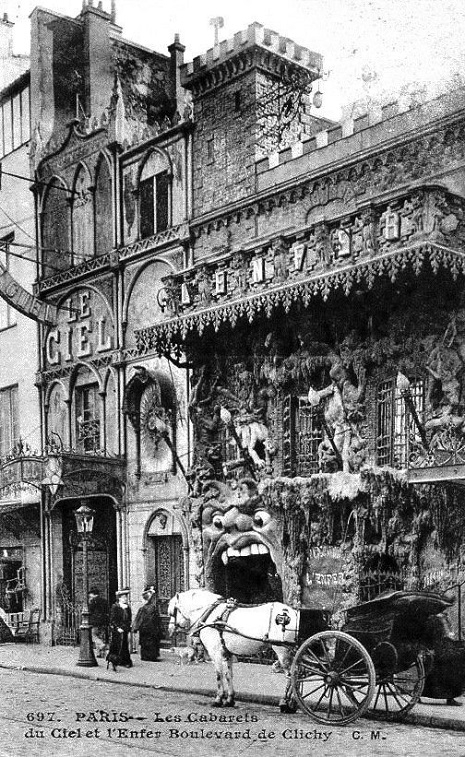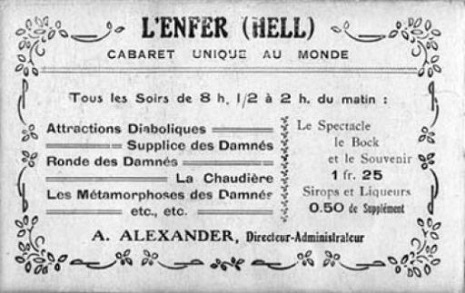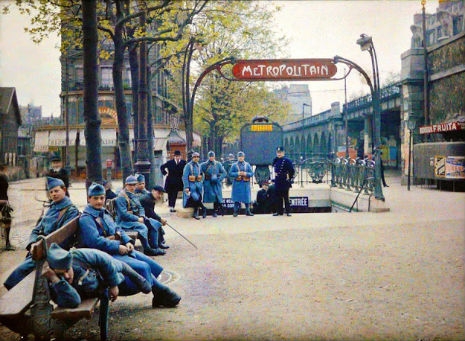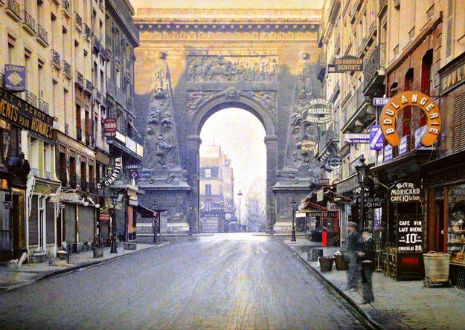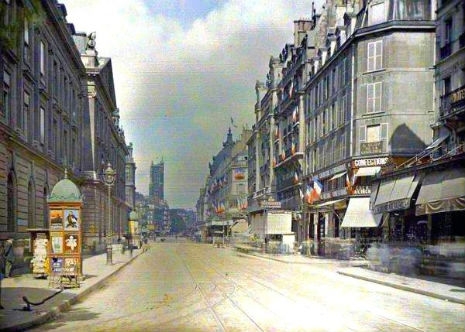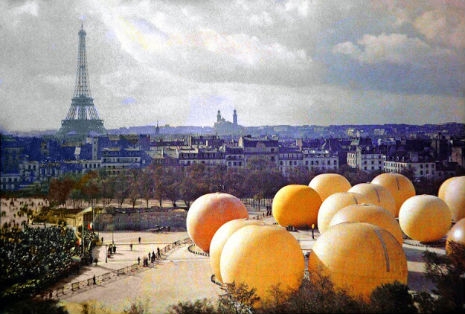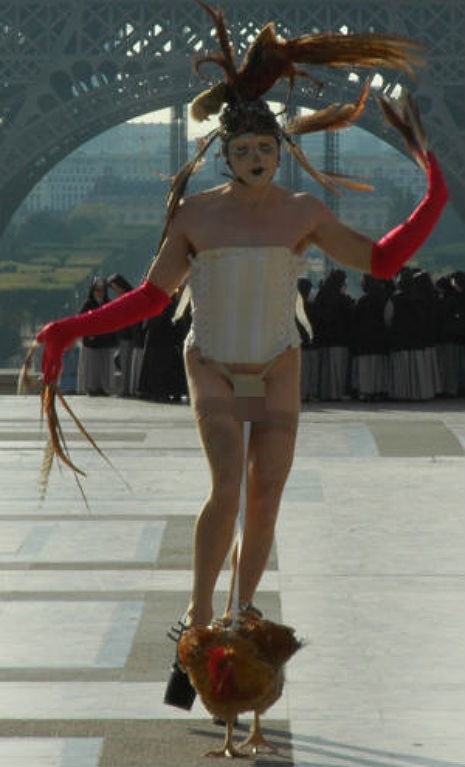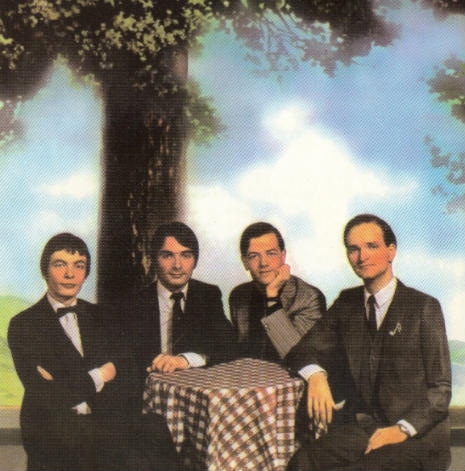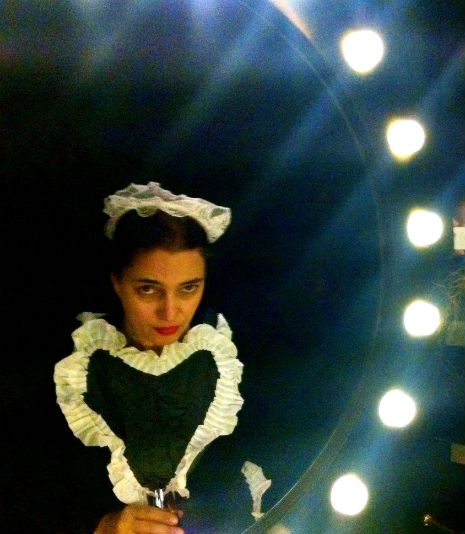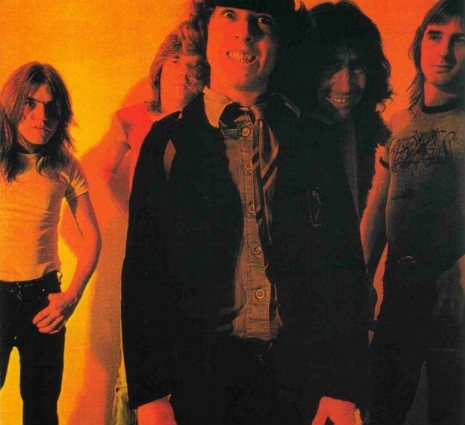
The great cabaret performer, “Coccinelle.”
After yesterday’s utterly vile offerings from our Shithead-in-Grief, I was determined to pull together a post on a favorite topic of mine—shining a bright, warm light on notable and obscure transgender and drag performers. I’ve done several such posts on this very topic while on active duty here at Dangerous Minds, and so have my colleagues. It seems like every time we do, there is a positive reaction from our readers. To me, this is an affirmation that the hateful, racist rhetoric coming from our nation’s capital is not collectively who we are as human beings or else not many of our good-looking high IQ readers are Trump fans. I was fortunate to have been raised by two incredible people who embraced the LGBT community at a time when there wasn’t a lot of support for people who chose “non-traditional” relationships and gender roles. Thanks to them, I’ve simply never thought of someone who doesn’t look or swing like me as anything but another person. Unless of course, you are the type that is prone to behaving in a way that physically hurts or openly discriminates against another person. If you happen to be one of those flatulent assholes that shits bricks full of hate, then please, PLEASE feel free to leap off a goddamn cliff. Now, if you’ll once again forgive my affinity to digress from the topic at hand—let’s all take a much-needed look back at one of Paris’ most famous cabaret nightclubs, Madame Arthur’s.
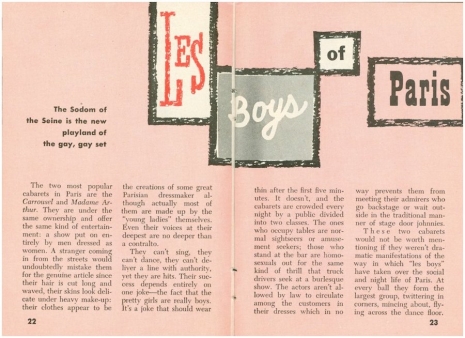
An article on Madame Arthur’s from the men’s picture magazine SHE, 1957.
A magazine article published in 1957 by SHE (pictured above) referred to Madame Arthur’s as “The Sodom of the Seine.” This lascivious-sounding description is reflective of the article itself which laments “Les Boys” takeover of the Paris nightclub scene and the disappearance of the beloved “decorative” showgirl. Madame Arthur’s would open its doors in 1946. The club’s name comes from a song originally written back in 1850 by Michael Feingold, which was later translated to French by author Paul de Kock. The song was then popularized by French cabaret performer and actress, Yvette Guilbert. Here are some of the cheeky lyrics from the song:
Madame Arthur is quite the lady
They chatter and chatter about her all over Paris
She may be mature and slightly shady
But each man is her lover-to-be!
Oui, Oui! The club and its sister establishment Le Carrousel were playgrounds of sorts for famous transvestite performers such as Coccinelle who debuted her act at Madame Arthur’s in 1953. According to historians, an artist would be hired first by Madame Arthur’s and the cream of the crop would then be given the opportunity to take the stage at Le Carrousel. Occasionally exceptions were made for international acts that had credibility or notoriety worldly enough to bypass Madame Arthur’s, and allowing them to go straight to Le Carrousel. Incredible images of the Parisian trans trailblazers below. Some of the photos are NSFW.

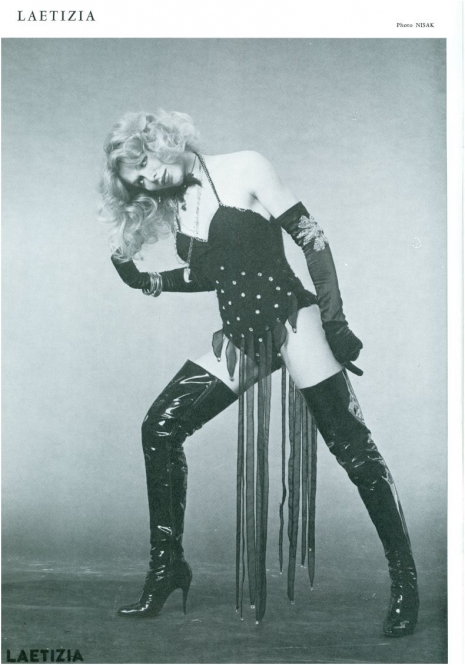

More after the jump…









